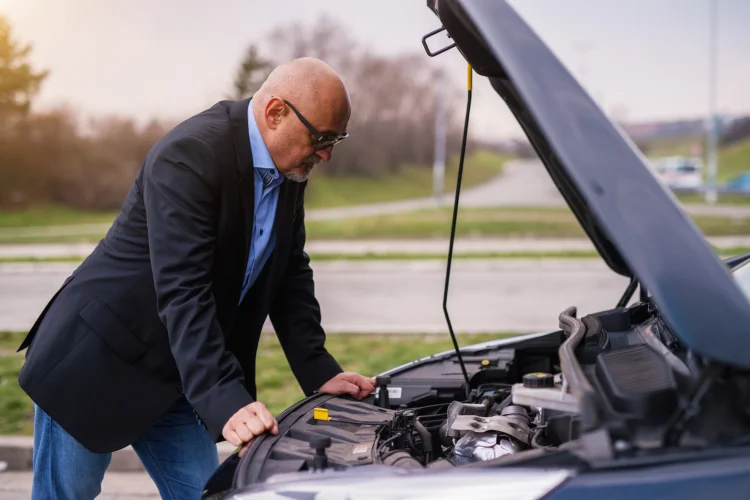Does a Car Warranty Cover Pre-Existing Conditions?
pre-existing conditions
6,592When shopping for an auto warranty—whether it’s the manufacturer’s bumper-to-bumper guarantee or an extended service contract—one of the most common questions is: does a car warranty cover pre-existing conditions? In general, standard car warranties promise to fix defects in materials or workmanship that arise during the coverage period, but they almost always exclude problems that existed before you bought the policy.

What Counts as a Pre-Existing Condition?
A pre-existing condition in the context of auto warranties refers to any mechanical or electrical issue your vehicle already has before your coverage begins. Examples include:
-
A check engine light that’s been illuminated for weeks
-
Transmission slipping or fluid leaks that show long-term wear
-
An alternator that’s beginning to fail, causing dimming lights
-
Any known issues that you drove with or ignored prior to purchase
If a problem clearly pre-dates your warranty, providers typically deny claims on the grounds that they insure future breakdowns, not existing faults.
Why Are Pre-Existing Conditions Excluded?
Warranty companies structure their contracts to manage risk and cost. Covering known issues would be akin to buying car insurance after an accident—it simply doesn’t make sense financially for the provider. Excluding pre-existing conditions helps keep premiums and service-contract fees affordable for the majority of policyholders.
How Do Providers Spot Pre-Existing Issues?
Warrantors have several tools to assess whether a failure is new or was “in the works” before coverage kicked in:
-
Vehicle Inspections Some extended-warranty plans require a pre-coverage inspection. Technicians look for signs of wear, fluid seepage, or diagnostics codes that pre-date the warranty’s start date.
-
Service Records A thorough maintenance history can demonstrate that your car was in good health when you signed the contract—any notation of unrepaired faults is a red flag for a pre-existing condition.
-
Diagnostic Reports When you file a claim, the warranty administrator may request a shop’s diagnostic report or fault-code printout. These details help determine whether an issue is “new” or merely lingering.
How to Protect Yourself
Preventing a pre-existing-condition denial often boils down to timing and documentation:
-
Buy Coverage Early. Don’t wait until your car starts acting up to shop for a warranty—purchase before problems arise.
-
Get a Pre-Purchase Inspection. Even if it’s not required, an independent mechanic’s clean bill of health can be invaluable.
-
Stay on Top of Maintenance. Keep receipts and service logs for oil changes, inspections, and recommended repairs.
-
Fix Known Issues First. Repair any existing problems before you enroll in a protection plan to ensure a “fresh start.”
Rare Exceptions
A few specialty providers may offer add-ons or custom plans to cover documented pre-existing conditions—but these options are uncommon and usually come with higher premiums. If you encounter such an offer, read the fine print closely to understand any waiting periods, deductibles, or coverage caps.
Conclusion
While standard auto warranties rarely cover pre-existing conditions, being proactive can help you secure the protection you need without surprises. Buy early, document your vehicle’s health, and address any known issues before signing on the dotted line.
For personalized coverage options and a free quote, reach out to a Cuvrd partner. Our vetted network of extended-warranty specialists can tailor a plan that fits your vehicle’s history and your budget. Get a Quote from a Cuvrd Partner today if your vehicle does not have pre-existing conditions and drive with confidence.
TL;DR: Pre-existing conditions, which are mechanical or electrical issues present before your warranty begins, are almost always excluded from standard and extended auto warranties. This post explains what qualifies as a pre-existing condition, why warranty administrators deny such claims, and how you can protect yourself to secure the coverage you need without surprises.
— Neil Coker
